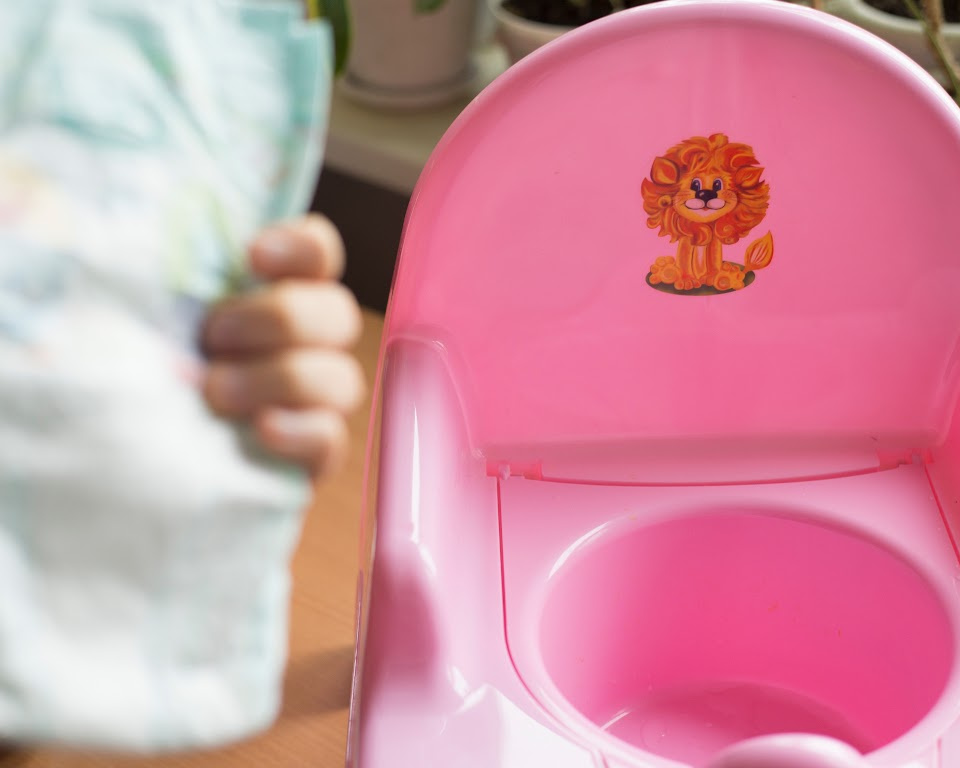Understanding how to communicate with a nonverbal autistic child is a challenge many parents, caregivers,…

Autism Tips: Replacement Behavior for Throwing Objects
For families and educators working with individuals with autism, encountering challenging behaviors can be a frequent occurrence. Specifically, managing challenging behaviors in individuals with autism who resort to throwing objects requires patience, understanding, and strategic intervention. This behavior often stems from a difficulty with communication, prompting those with autism to express frustration or garner attention through physical means.
Key to addressing this problem is not just reacting, but actively teaching replacement skills for throwing in autism. With a focus on redirecting the impulse to throw objects towards more appropriate actions, caregivers can create a more positive environment for learning and development. Implementing techniques like Applied Behavior Analysis (ABA) early on, can be instrumental in bringing about change.
It’s about crafting a method that respects the individual needs while replacement behavior for throwing objects autism-related requires a personalized approach. With collaboration between behavioral analysts, caregivers, and educators, each step forward can help solidify a foundation for growth and improved interaction. Here are some valuable insights into redirecting throwing behaviors in a constructive direction.
Understanding the ‘Why’ Behind Throwing Behaviors in Autism
Delving into the reasons for why children with autism may exhibit throwing behaviors is a step towards tailored interventions. Properly identifying catalysts influencing such behavior helps caregivers and professionals develop sensitive behavior management techniques for throwing behavior in autism. Understanding and promoting appropriate behaviors in individuals with autism is not a one-size-fits-all solution but requires a personalized analysis and response.
Identifying Triggers and Emotional Underpinnings
Exploring the emotional context and triggers that lead to throwing is crucial. Whether as a response to overwhelming feelings, a means of communication, or an expression of a need, each instance provides valuable clues. A diary or behavior tracking log can illuminate patterns and circumstances that could be instigating the behavior, serving as a guide for potential interventions for throwing behavior in autism.
Functional Behavior Assessments: A Foundation for Behavior Change
Conducting Functional Behavior Assessments (FBAs) provides an evidence-based approach to behavior analysis, garnering insights into the “why” of throwing behaviors. FBAs look at the antecedents, behavior, and consequences, forming the groundwork for a strategy that addresses the unique needs of the child and aids in promoting appropriate behaviors in individuals with autism.
Communication Challenges and Social Awareness in Autism
Acknowledging the impact of limited social awareness and communication difficulties on a child’s behavior is essential. These factors can amplify frustration, further escalating the likelihood of throwing behavior in autism. By addressing these challenges through targeted behavior management techniques, children can learn more effective ways of interaction and self-expression.
Advocating for an integrated, individualized behavior change plan steered by professional guidance is essential in molding adaptive behaviors. This concerted approach ensures a supportive and motivating environment where children can thrive and develop skills critical for their growth and well-being.
Replacement Behavior for Throwing Objects Autism: Strategies and Approaches
Addressing the issue of object throwing in individuals with autism involves a multifaceted approach that takes into account not only the behavior itself but the underlying reasons behind it. Alternatives to throwing behaviors can often serve as crucial communication tools, providing a less harmful way for an individual to express their needs, emotions, or discomforts.
Strategies to address object throwing in autism include:
- Identifying and minimizing triggers that lead to throwing.
- Teaching alternative communication methods, such as Picture Exchange Communication System (PECS) or sign language.
- Using behavior modification techniques to promote desirable behaviors and reduce throwing.
For caregivers and educators, patience and consistency are key components when implementing these strategies. As each individual with autism is unique, these strategies should be personalized to their specific needs and capacities.
Alternative behaviors for object throwing in autism might include:
- Reinforcing the use of words or gestures to indicate needs or emotions.
- Providing appropriate objects like soft toys or pillows for the individual to throw when the behavior cannot be immediately curbed.
- Establishing a protocol for caregivers to follow, ensuring everyone responds to throwing in a uniform and constructive manner.
Lastly, it’s vital to introduce coping mechanisms that can assist with self-regulation:
- Encourage the use of stress balls or fidget tools that can be squeezed instead of thrown.
- Practice deep breathing exercises or other mindfulness techniques to help the individual calm down and gather their thoughts.
- Celebrate and praise the use of alternative behaviors, reinforcing the positive change.
Through committed application of these strategies, significant progress can be made towards reducing and eventually eliminating object throwing behaviors, paving the way for more effective communication and healthier emotional expression.

Conclusion
As we have explored throughout this article, the journey of managing throwing behaviors in children with autism is multifaceted, with an emphasis on persistently teaching replacement skills for throwing in autism. Positive behavior support for throwing behavior acts as a cornerstone in creating a supportive environment, encouraging children to understand and adjust their actions accordingly. These supportive practices are essential in both home and school settings, ensuring a seamless transition and holistic development for the child.
Implementing Positive Behavior Supports at Home and School
Customizing environments to suit the needs of children with autism plays a critical role in encouraging positive development. When implementing behavior management techniques for throwing behavior in autism, coordination between educators and family members fosters consistency. By doing so, not only is learning reinforced, but the child also benefits from a stable, predictable environment that mitigates confusion and anxiety. This continuity is vital as it builds a foundation of trust and security for the child, enabling them to thrive.
Patience, Persistence, and Consistency in Behavioral Interventions
Mastery of new skills doesn’t happen overnight, particularly in the realm of behavioral modification. Patience and persistence are the guiding stars for caregivers and educators alike, reminding them that progress often comes in small increments. Consistency across all interventions and services ensures that children are given the best chance at integrating new, functional behaviors into their daily routines, essentially equipping them with tools for long-term success.
Seeking Professional Help and Utilizing Community Resources
Encountering challenges along this path is expected, but fortunately, a network of resources stands ready to assist. Seeking professional help can provide a lifeline to those navigating this complex landscape. Organizations like Autism Speaks Autism Treatment Network and the Autism Response Team are invaluable in offering support, resources, and education to families and children affected by autism. Leveraging these resources strengthens the overall support system, empowering children with autism to gracefully surmount the challenges associated with their throwing behaviors.
FAQs
What are some replacement behaviors for throwing objects in autism?
Some replacement behaviors include handing a soft toy to the child to throw instead, teaching the use of visual or picture communication boards to express needs or feelings, and promoting the use of words or gestures for communication. Providing sensory objects like stress balls or fidget toys can also serve as alternative options.
How do you manage challenging behaviors in individuals with autism?
Managing challenging behaviors in individuals with autism involves identifying the triggers, using interventions such as Functional Behavior Assessments, teaching replacement skills, and applying positive reinforcement. Consistency and patience from caregivers and professionals, tailored to the individual’s needs, are essential in managing these behaviors effectively.
What are Functional Behavior Assessments, and how do they help?
Functional Behavior Assessments (FBA) involve observing and analyzing the antecedents, behaviors, and consequences to understand why a behavior occurs. They are foundational in developing targeted strategies to address challenging behaviors by identifying the function of the behavior and teaching appropriate alternative behaviors.
Why is understanding social awareness important in managing autism behaviors?
Understanding social awareness is crucial because individuals with autism may struggle with interpreting social cues, which can lead to frustration and challenging behaviors like throwing objects. Enhancing social awareness can help the individual navigate social interactions more effectively, thus reducing the occurrence of such behaviors.
How can you teach replacement skills for throwing objects in autism?
Teaching replacement skills can be done by breaking down alternative behaviors into small, manageable steps, using visual cues and social stories to reinforce learning, and providing immediate and consistent positive reinforcement when the individual uses the new skills instead of throwing objects.
What role does positive behavior support play in addressing throwing behaviors?
Positive behavior support plays a significant role by focusing on teaching and reinforcing appropriate behaviors through a system of rewards and positive reinforcement. This approach helps reduce challenging behaviors by encouraging the individual to engage in more acceptable and functional behaviors.
Why are patience, persistence, and consistency important in behavioral interventions for autism?
Patience, persistence, and consistency are important because behavioral change takes time and repeated practice. Consistently applying interventions helps the individual learn through experience and reinforcement, leading to more long-term behavior changes.
How can professional help and community resources aid in managing throwing behavior?
Professional help can provide guidance on tailored intervention strategies, while community resources like Autism Speaks offer additional support and information. These resources can be invaluable in maintaining a support system, finding new strategies, and gaining insights into effective autism care.



This Post Has 0 Comments